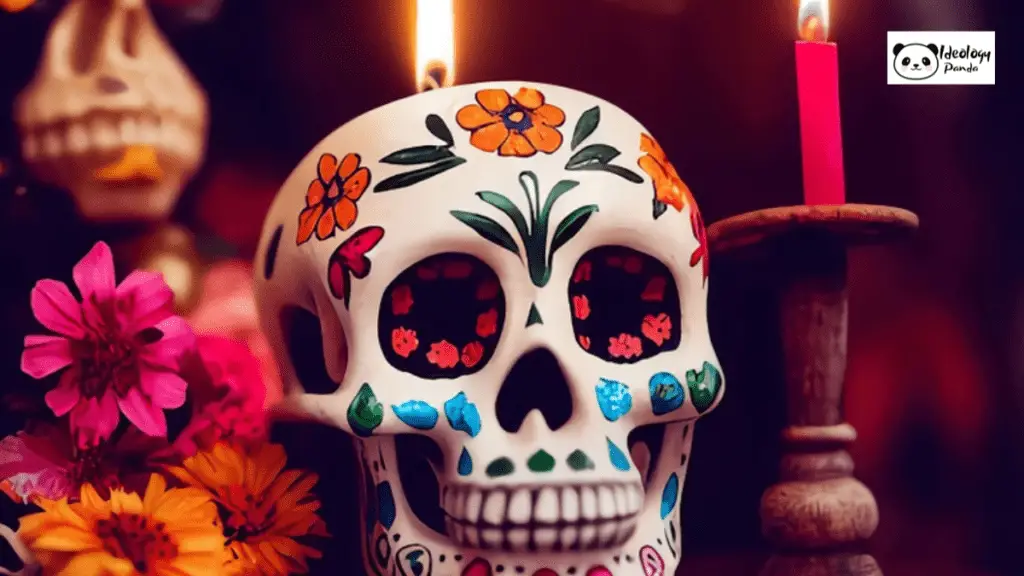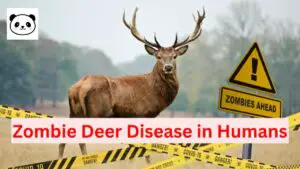Day of the Dead, referred to as Día de los Muertos in Spanish, is a lively and culturally significant Mexican holiday that provides a distinctive viewpoint on the concepts of death and commemoration. Within this article, we will delve into the importance of this festivity, its historical roots, and the customs associated with it. Join us in exploring the vivid tapestry of the Day of the Dead.
Embracing Departed Souls
Day of the Dead is a day for Mexicans to welcome the souls of their deceased relatives back for a brief reunion. Unlike traditional mourning, this occasion is all about portraying death in a positive light and as an integral part of human existence.


Day of the Dead Celebration
This Mexican holiday is a celebration of life and a joyful remembrance of loved ones who have passed away. While death often brings feelings of loss and grief, Day of the Dead offers a different perspective. Many believe that their departed loved ones are never truly gone, and their spirits continue to watch over them, providing help in times of need.
H2: Reuniting with the Departed
A central theme of Day of the Dead is the belief that living family members can be reunited with their deceased loved ones. It’s an invitation for these spirits to return for a brief visit. Those who celebrate this holiday exchange mourning for celebration, focusing on the joy of seeing their loved ones again.
Ancient Origins
The origins of Día de los Muertos date back to the ancient Aztecs. These indigenous people had a unique perspective on death, viewing it as an ever-present part of life. The Aztecs believed that upon death, a person’s soul embarked on a journey to the Land of the Dead. After navigating through nine challenging levels, the soul could finally find rest. While initially celebrated in rural, indigenous parts of Mexico, the holiday gradually spread to the cities in the 1980s.
Calaveras and Smiles
A notable hallmark of the Day of the Dead is the crafting of “Calaveras,” which are artistic representations of human skulls. These skulls, far from invoking fear, are embellished with vibrant designs and cheerful expressions. They serve as a symbol that conveys the notion that death should not be dreaded but embraced as an inherent aspect of life.
Offerings and Altars
Another way to celebrate the Day of the Dead is by creating offerings at makeshift altars, known as “ofrendas.” These ofrendas typically include yellow marigold flowers, photos of the departed, and their favorite foods. The purpose of these offerings is to entice and welcome visits from the departed loved ones.
Conclusion
Day of the dead Halloween is a beautiful and meaningful holiday that encourages us to view death from a different perspective. It reminds us to celebrate life and cherish the memories of our loved ones. By embracing the belief that departed souls can return for a brief reunion, this Mexican tradition offers a unique way to honor the deceased. So, whether it’s creating colorful Calaveras or setting up ofrendas, the Day of the Dead is a vibrant celebration of life and remembrance.
Frequently Asked Questions (FAQs)
- Is Day of the Dead the same as Halloween? No, they are distinct celebrations. Halloween has roots in various cultures, while Day of the Dead is specific to Mexico and focuses on honoring deceased loved ones.
- How is Day of the Dead celebrated in Mexico? The celebration varies by region, but common customs include creating ofrendas, visiting cemeteries, and participating in parades.
- Is Day of the Dead a sad occasion? No, it is a joyful celebration of life and a positive remembrance of the deceased.
- Can people of other cultures participate in Day of the Dead celebrations? Absolutely, many people from different cultures have embraced and participated in the festivities.
- What is the significance of marigold flowers in Day of the Dead celebrations? Marigold flowers are believed to guide the spirits of the deceased to their families’ ofrendas. They are also considered a symbol of death’s fleeting nature and life’s fragility.









